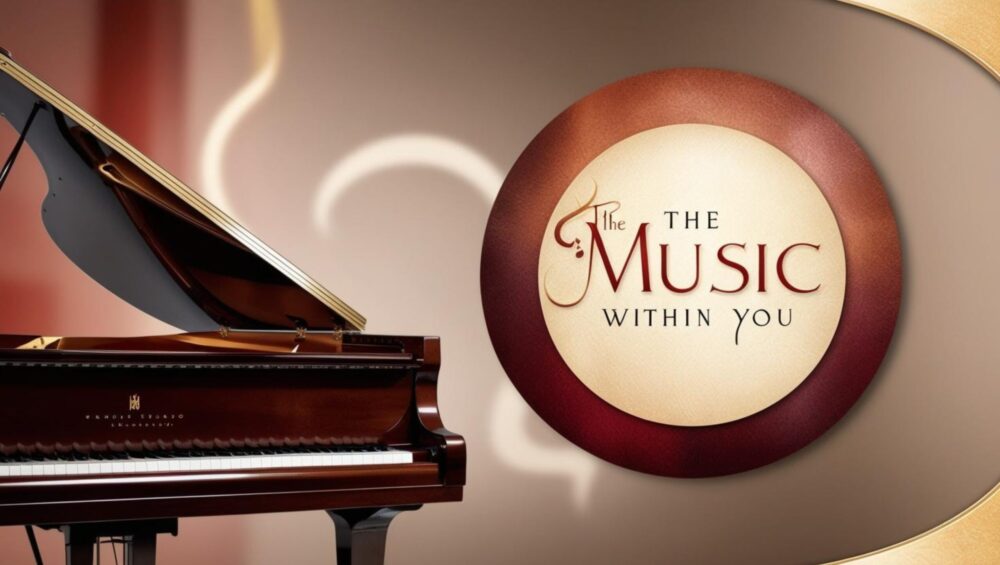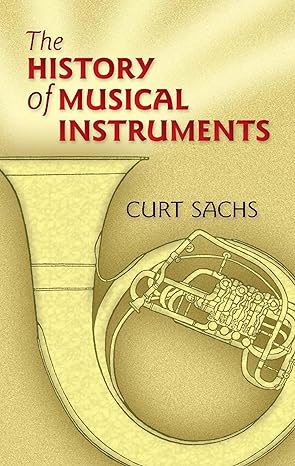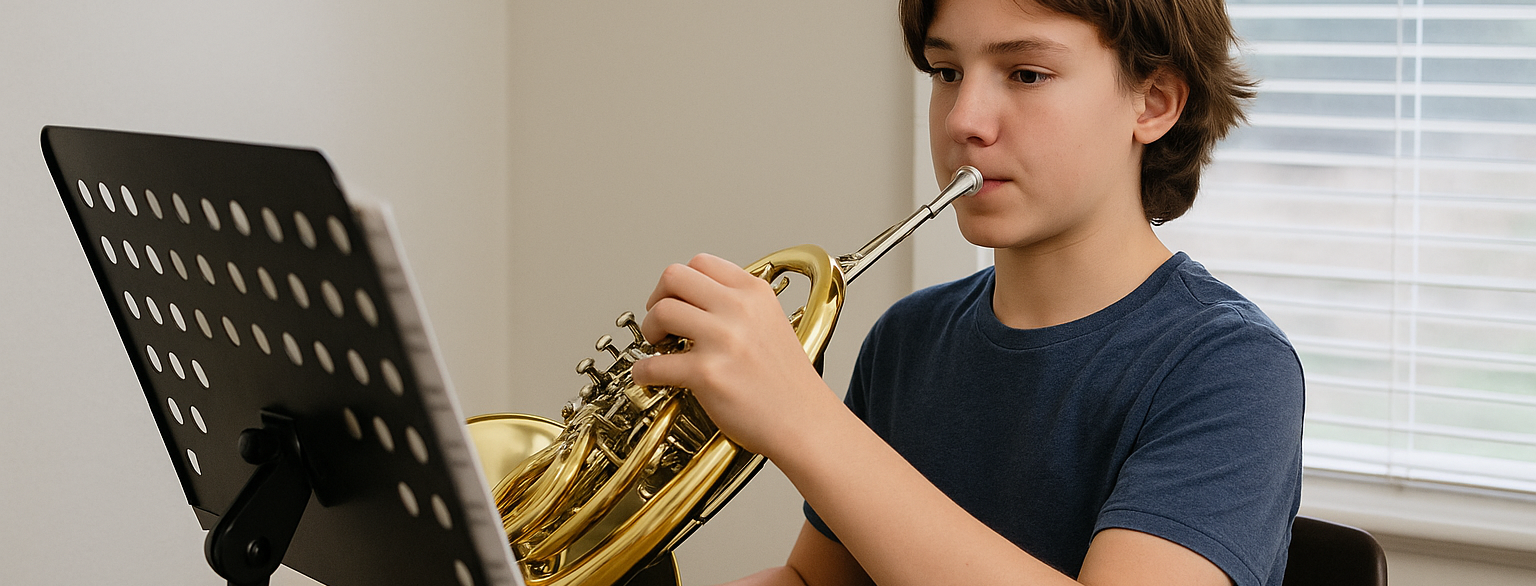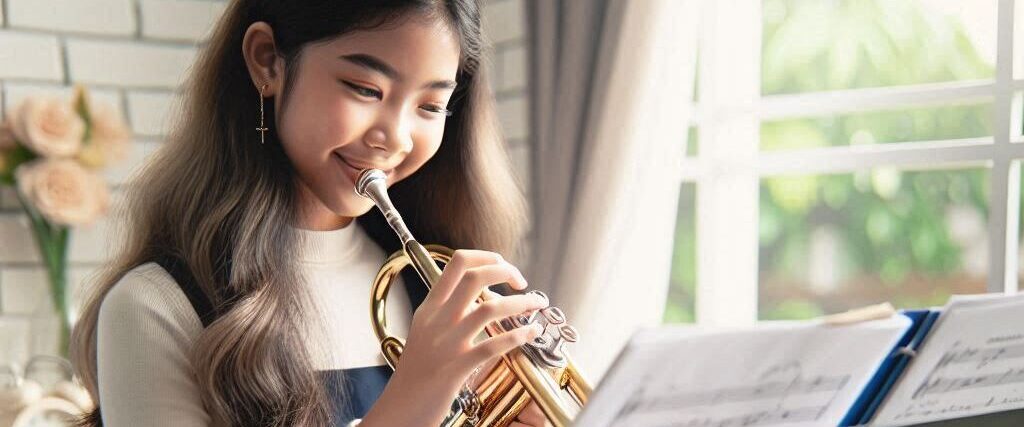Human history and music are deeply intertwined, and the trumpet is a testament to that rich heritage. This simple yet powerful instrument dates back to ancient times when it wasn’t much more than a hollowed-out horn or shell. Cultures worldwide have variations of these early trumpets, like the Jewish Shofar or the Roman Cornu, each with unique sounds and cultural significance.
Back in the day, trumpets were essential for more than just music. They were pivotal in ceremonies and religious rituals, signaling crucial events or summoning the gods’ favor. Imagine the deep echo of a horn announcing an important ancient gathering or spiritual event; that’s the trumpet playing a central role in human history.

As societies and technology evolved, so did the trumpet. Moving from natural materials like animal horns to crafted metal instruments marked a significant evolution in design and functionality. The potential of these instruments expanded beyond religious or ceremonial use. By the Middle Ages, trumpets were in the hands of armies, blaring signals across battlefields, a vital tool for communication when shouting across the chaos wasn’t enough.
Medieval trumpets, lacking valves, were long and straight or slightly curved, designed to project their sound over great distances. This design was perfect for outdoor environments, like large gatherings or, as mentioned, battlefields. These early instruments were the predecessors of the modern brass instruments we know and love today.
Renaissance and Resurgence: Refining the Trumpet
The Renaissance was a revolutionary period for many aspects of society, and musical instruments were no exception. The trumpet underwent a transformative journey during this era. Innovators of the time made significant advancements, refining its design to allow a wider range of notes and more intricate compositions. These changes were crucial in moving the trumpet from a functional sound tool to a sophisticated musical instrument.
In the Baroque era, the trumpet found its sweet spot. The era is renowned for its grandiose and detailed compositions, giving the trumpet an elevated role. Composers like Johann Sebastian Bach wrote challenging pieces, pushing the limits of what a trumpet could achieve. Baroque music, with its complex harmonies and counterpoints, showcased the trumpet’s regal sound and versatility.

Amidst this flourishing musical landscape, the trumpet wasn’t confined to royal courts or cathedral echoes. It started to grace public performances and gatherings, reaching audiences beyond the elite. This exposure was partly due to the heightened demand for musicians and performers during cultural and social ceremonies, where the trumpet’s commanding voice was impossible to ignore.
For those exploring musical history or learning to play the trumpet today, understanding its progression during the Renaissance and Baroque periods offers a treasure trove of information and inspiration. It’s a reminder of how cultural shifts and technological improvements can redefine an instrument’s role in both public and personal soundscapes.
The Golden Age: The Evolution of the Trumpet in the 18th and 19th Centuries
The 18th and 19th centuries were a golden period for the trumpet, a time when its evolution really accelerated. Technological tweaks, like the introduction of keyed and valved trumpets, were game-changers. These advancements expanded the trumpet’s range, allowing its players to access notes that were once impossible to reach. This expanded capability made the trumpet more adaptable in orchestras and ensembles, firmly planting it in the classical music landscape.
A new breed of trumpet players emerged during this time, each contributing to the instrument’s growing popularity and prestige. Figures like Johann Wilhelm Hertel and the famous trumpet virtuoso, Louis Armstrong, brought a level of skill and artistry that had audiences captivated. Their mastery opened doors for future trumpet players, making the instrument’s powerful sound a staple in musical compositions.
Music education also took a turn for the better as trumpet studies became formalized in conservatories. This was an era when music curriculums started to include serious trumpet instruction, setting new standards for play. Innovations in instructional methods allowed students to hone their skills and ensure the instrument’s techniques and repertoire were passed down to subsequent generations.
Classical music ensembles saw the trumpet as an integral part of their lineup, thanks largely to these advancements. Its presence in symphonies and operas brought a variety of new textures and colors to musical storytelling. The trumpet’s voice was an important element, complementing strings and woodwinds while having the power to stand out with its clear, bright tones.
For modern enthusiasts or budding musicians, studying this phase is invaluable. It provides insights into how the trumpet’s versatility was discovered and the pivotal shifts that supported its ascent into the limelight. Understanding these changes can inspire today’s musicians to explore the boundaries of their instruments, just as their 18th and 19th-century predecessors once did.
Contemporary Sounds: The Trumpet in Modern Music
The trumpet thrives in modern music like never before, cutting across genres from jazz to pop, rock, and more. Its dynamic versatility allows it to adapt and innovate continually, ensuring its presence in a vast array of musical styles. This ongoing integration speaks to the instrument’s enduring appeal and its ability to resonate with diverse audiences.
In contemporary times, legendary trumpet players like Miles Davis and Dizzy Gillespie brought the spotlight to jazz, crafting sounds that defined the 20th century’s musical landscape. Their innovative approaches expanded what was thought possible with the trumpet, leading future generations to explore new creative directions.
Technology hasn’t left trumpets behind. Modern crafting techniques have allowed for customizable designs and sound innovations, giving musicians more control over their instrument’s tone and performance. This technological synergy with craftsmanship produces trumpets that breathe life into music in ways composers of the past could only dream about.
In today’s culture, the trumpet stands as an icon of expression and creativity, embodying both the historical essence and modern breakthroughs. It continues to influence and inspire musicians worldwide, ensuring its place not just in orchestras or bands but also in solo performances that captivate audiences everywhere.
For those engaged with the trumpet today, embracing its modern legacy is as crucial as understanding its history. The ongoing evolution invites current players to experiment with genres, blend styles, and carve new paths in the musical narrative, keeping the trumpet a vibrant part of contemporary music.







